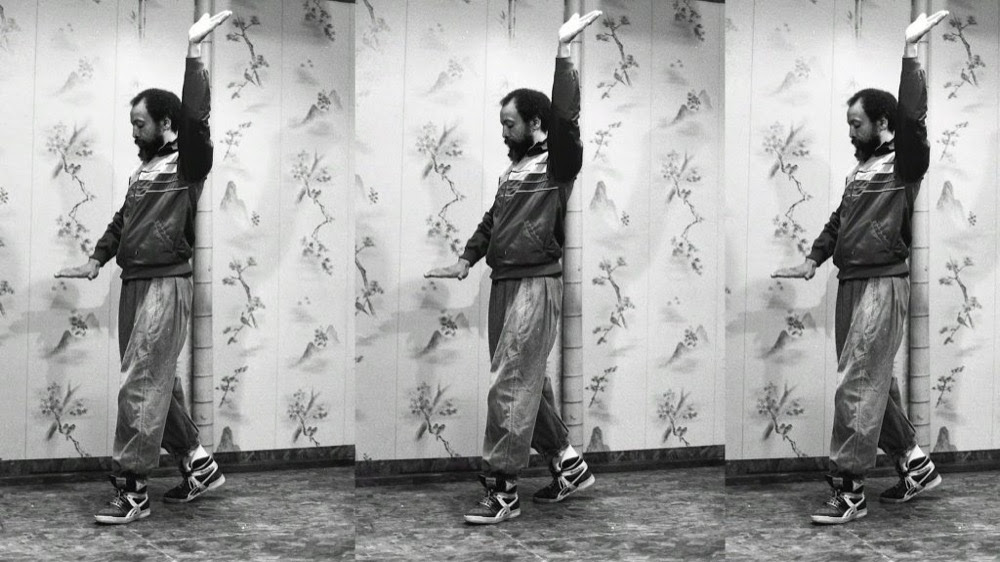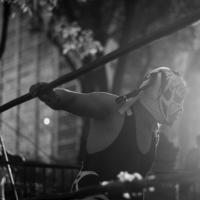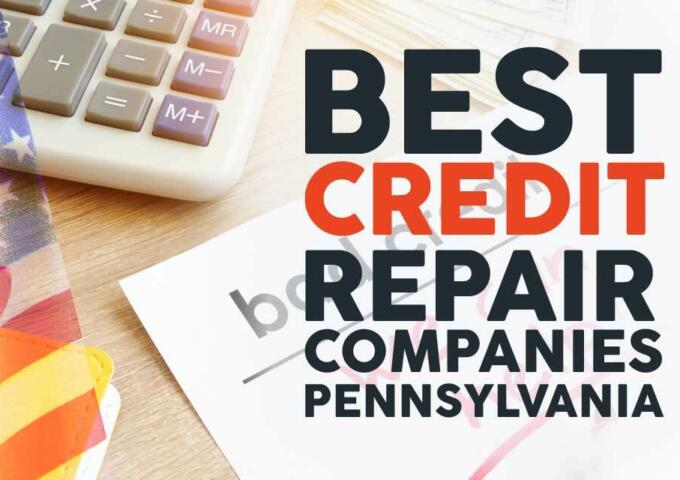Philadelphia art galleries, like most venues, were hit hard by the pandemic. To gauge the situation, Philly Stewards reached out through a survey: The Dis-Located Gallery: The Effects of 2020 on Philadelphia’s Galleries.
This past December, PS reached out to 87 galleries to ask them to participate in a short, anonymous survey to help PS get a better sense of what’s happening now. Twenty galleries responded. PS also conducted three in-depth interviews with gallery directors across the three major gallery sectors – commercial, nonprofit and artist-run – to gain a more qualitative sense of how this past year has felt to those on the ground.
The good news is, it’s not all bad. The bad news is, it’s not all good.
While 75 percent of galleries that completed the survey had been open to the public on a weekly or monthly basis as of Jan. 1, 2020, only 5 percent continued to be so as of this past Dec. 1. Yet surprisingly, given the larger economic hit of the pandemic, 70 percent of galleries reported overall sales either stayed the same or increased from previous years.
The reason was online business. While 45 percent of responding galleries reported a decrease in brick-and-mortar sales, no gallery reported a decrease in online sales, and 70 percent reported that their online sales had grown. Galleries are responding to the limitations of quarantine and the potential for new audiences with new efforts to reach out online: 50 percent of galleries reported that over the past year they’ve increased their focus on virtual programs or events, and 35 percent noted they’ve increased their engagement with social media.
So what’s ahead? Looking at the survey, there’s reason for optimism. Only 15 percent of the galleries reported that they felt more pessimistic at the end of 2020 than they had in March.
To view the complete survey, along with comments from several local gallery directors, visit phillystewards.art.

PW recently caught up with Philly Stewards to talk about the survey and its results.
When you took a look at the survey results, what surprised you the most?
When taking a look at the survey results, the general sense of optimism across the different organizational types of galleries – commercial, nonprofit or artist-run – was both surprising and heartening. 2020 was a constant exercise in dashed expectations. That many galleries were able to find opportunities in the challenges and look forward to using their newly developed skill sets in a (hopefully) less-encumbered 2021, spoke volumes about their resilience and tenacity.
Some galleries were able to make a fairly quick transition from brick-and-mortar sales to online sales. Will an online presence be important for galleries moving forward, or do you think things eventually will go back to the way they were before the pandemic?
Art galleries, like all retailers, have had to develop strategies to navigate the hybridization of brick-and-mortar and digital spaces as points-of-purchase over the past two decades. Sales have, traditionally, been one of the areas of greatest opacity within the art market. The challenge for galleries has been to negotiate selling objects which are a luxury commodity and whose value partially relies on exclusivity, while also trying to gain market-share by becoming increasingly accessible. Greater engagement of digital spaces over this past year was undoubtedly a result of COVID-19 and its effects, but this was how the sector was trending even before 2020 hit.
However, viewing a work of art on the digital space still cannot approximate experiencing a work of art in person. While many galleries have developed more robust strategies for increasing digital sales and art viewership over the past year, we anticipate that visiting galleries – when this becomes a possibility again – to experience an artwork, will likely return to the preferred method of engagement.
One of the concerns that came up in the survey was that, as things begin to return to “normal,” people won’t be as focused on supporting artists. For example, there will be more concerts, festivals, etc. competing for the public’s attendance and financial support. How can galleries keep the public’s attention?
There will certainly be fierce competition for people’s attention, traffic and disposable income when our ability to congregate more freely returns. Galleries’ responses to 2020 expanded the boundaries of their digital programming. These experiments and experiences will likely influence and serve as lessons for the development of in-person programming in the future. Surely, galleries are already now beginning to think about ways to diversify and expand the intersecting interests of their in-person programming so that they may appeal to a larger audience – and can hit the ground running – when the opportunity arises to welcome groups of guests back through their doors.
What can be done to help them get back on their feet? What roles do larger, more financially stable galleries, the art-buying public and even the government play in helping these galleries survive?
The reason that we ended our article with a similar question is because these are questions that Philly Stewards chooses not to provide answers for, but instead wishes to present to the larger public to consider.
After digesting the survey results and getting feedback from a number of gallery owners, what advice would you have for “the Philly gallery scene,” as a whole, moving forward? Is there a way galleries can work together to ensure the entire gallery community thrives?
Similarly, we choose not to offer advice because part of Philly Stewards’ mission is to remain as neutral a participant in the Philadelphia art community as possible. We don’t believe it is our place to tell people how they should operate, but instead are interested in collecting and disseminating information about how they are operating. Though, in your question there is likely the beginnings to greater stability across the sector – work together.





